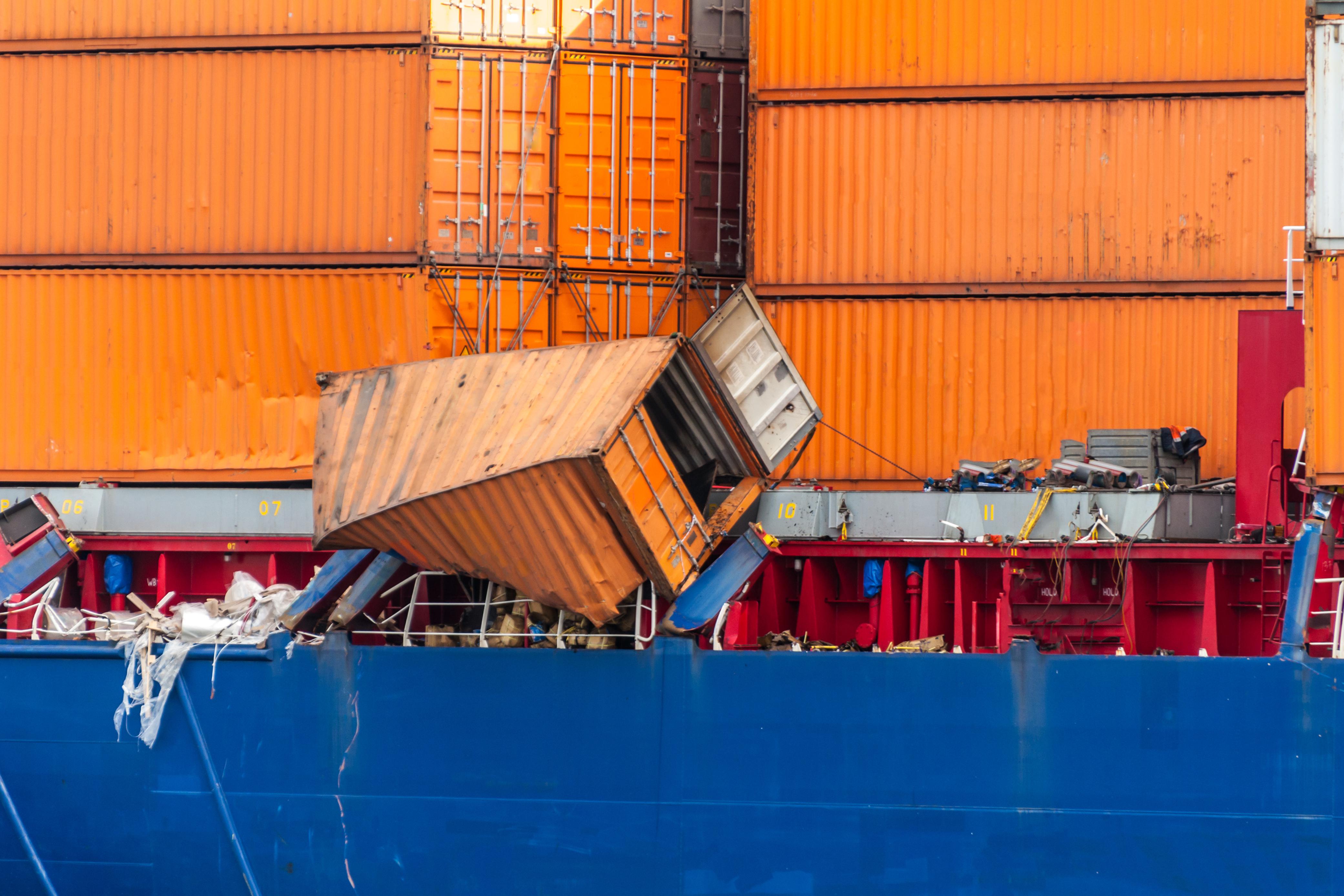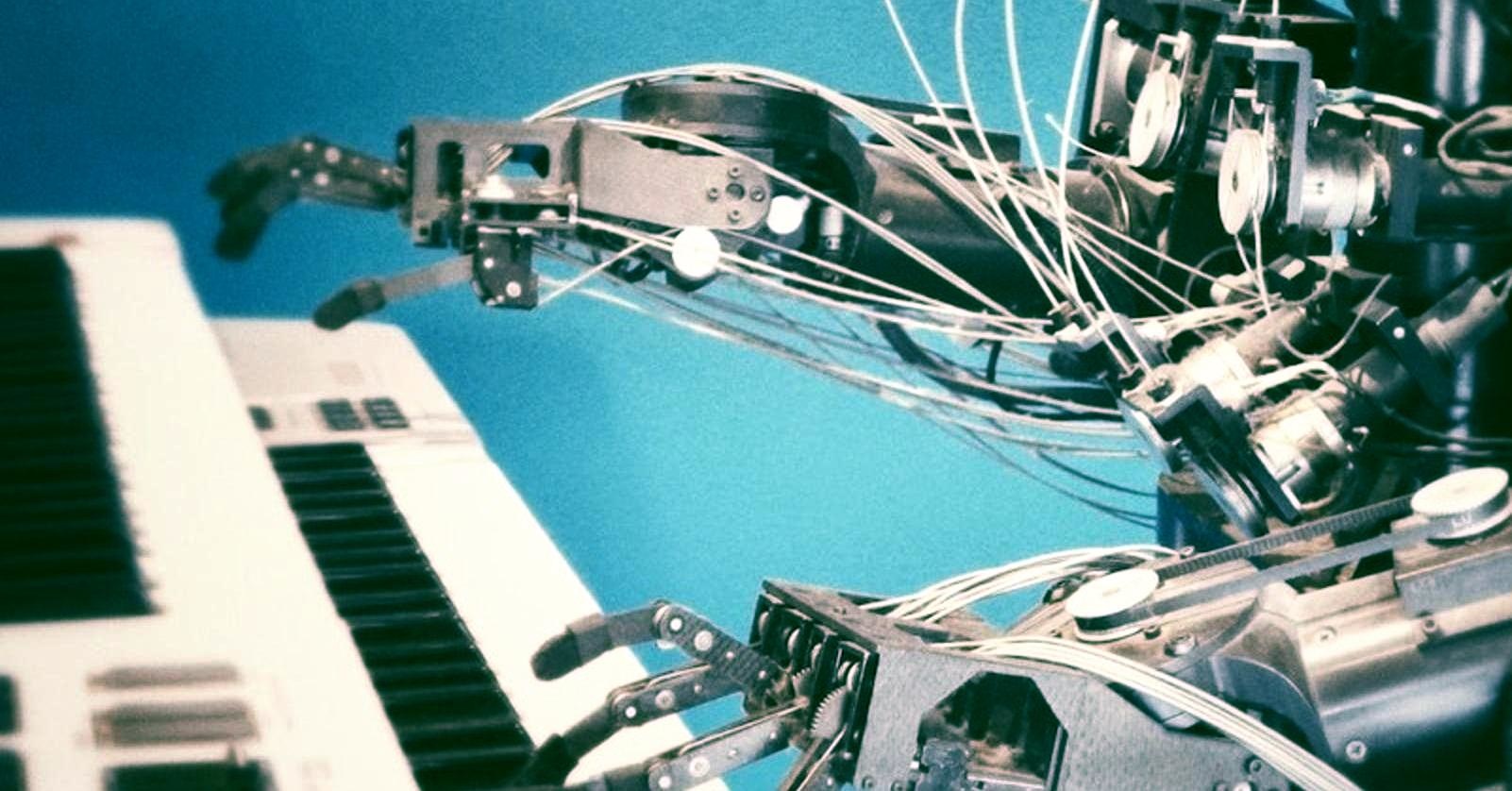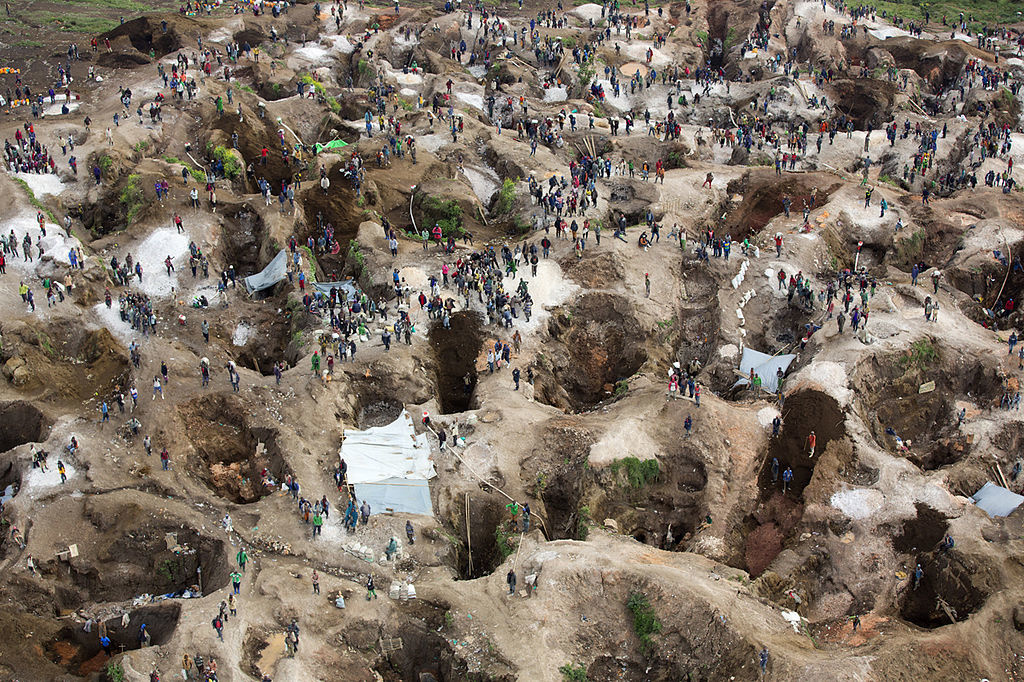industry
What’s to blame for the recent uptick in containership accidents?
Yes, the robots are coming — but take a breath.
Our clean energy needs to be sourced responsibly right from the get-go.
Methane gases from livestock production is contributing to the acceleration of global warming. Is a plant-based diet a smart way for individuals to curb the effects of climate change?
▸
3 min
—
with




